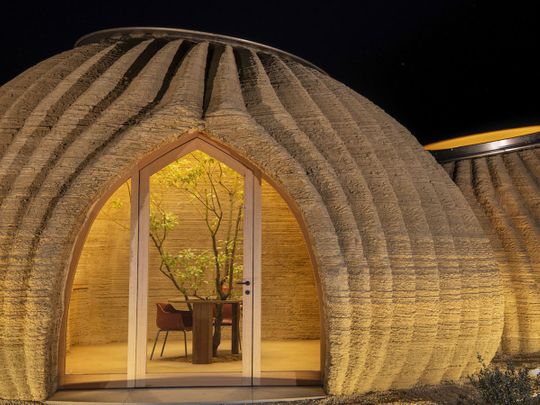
Did you know that in 2015, a house was 3D-printed for the first time? Humans have come a long way from our cave-dwelling ancestors.
Click start to play today’s Word Search, and spot the many different kinds of houses and establishments.
In April this year, archaeologists published a report in the UK-based journal Quaternary Science Reviews, with evidence that identifies the oldest home in human history: the ancient Wonderwerk Cave in South Africa. They believe humans lived there as early as two million years ago. Excavations of the cave revealed the earliest indoor uses of fire and hand axes.
But caves weren’t the only shelters humans were attracted to. In the Late Pleistocene era, in 16,000 BC, people made huts out of large mammoth bones. Last year, archaeologists from the University of Exeter in the UK published a study in the journal Antiquity, describing a jaw-dropping find from the Ice Age. In Russia’s forest steppe, they found a huge, circular structure built with the bones of at least 60 woolly mammoths, dating back over 25,000 years. In it, they found food scraps and evidence of fire, indicating that people took shelter there.
Today, we don’t have to rely on gigantic elephant-like creatures for shelter. In fact, we barely have to rely on other humans to build us a home. With the advent of 3D printing, machines can do it for us.
The first 3D printed home was constructed in Yaroslavl, Russia, with an area of 2,985 square metres, in 2015. Since then, 3D printed homes have been successfully built across Europe and the US. This year, a 176 square metre house in New York was built in just two days with barely three workers for half the price of what the home would normally go for.
Taking it a step further, the first 3D printed house made entirely from raw earth was unveiled in Italy’s Massa Lombarda region in April this year. Called “Tecla”, the 60 square metre building was created in just 200 hours using locally sourced materials. Best of all, it is a zero-waste product!
Could 3D printing be the future of architecture? Play today’s Word Search and let us know what you think at games@gulfnews.com.






